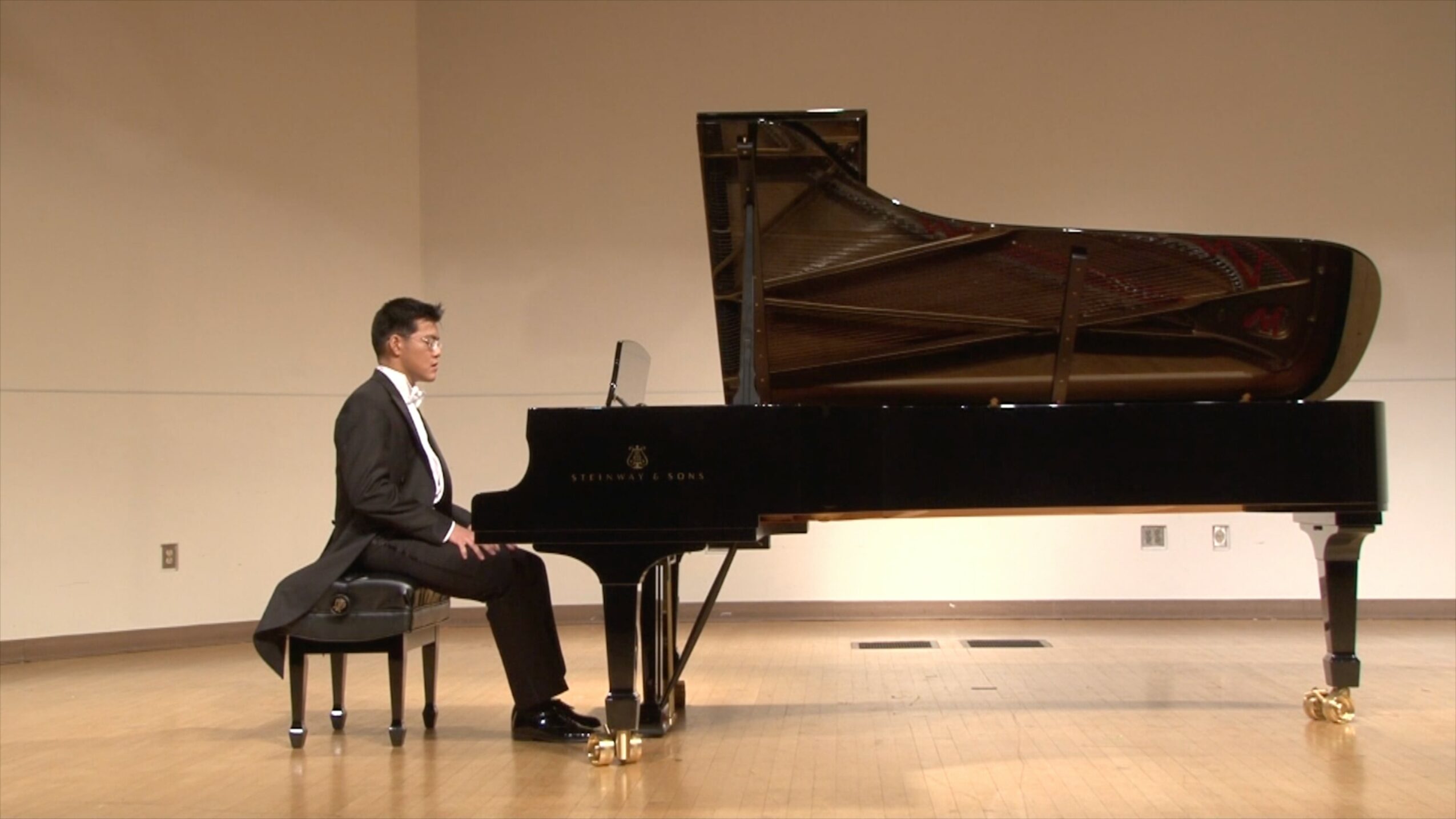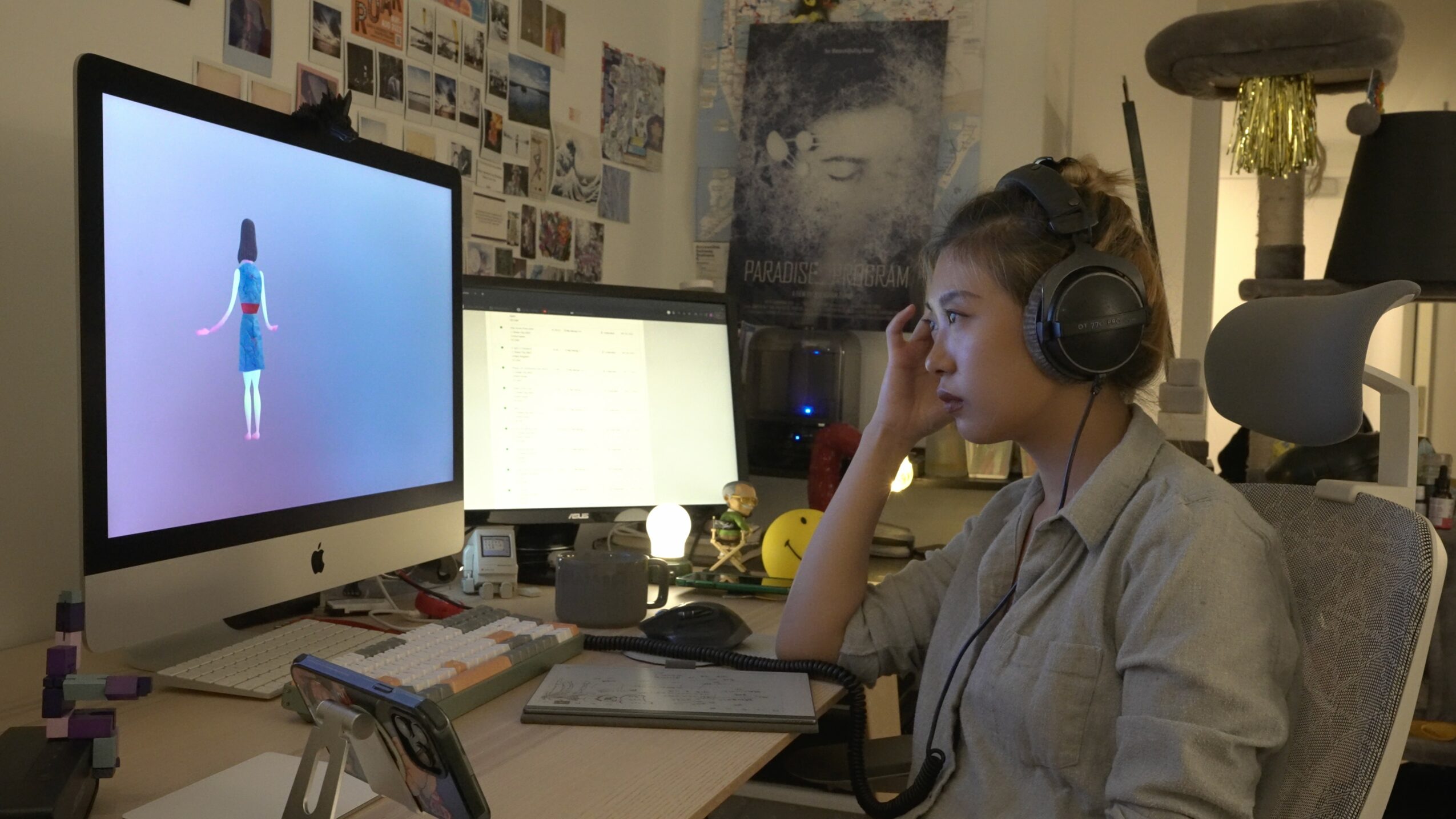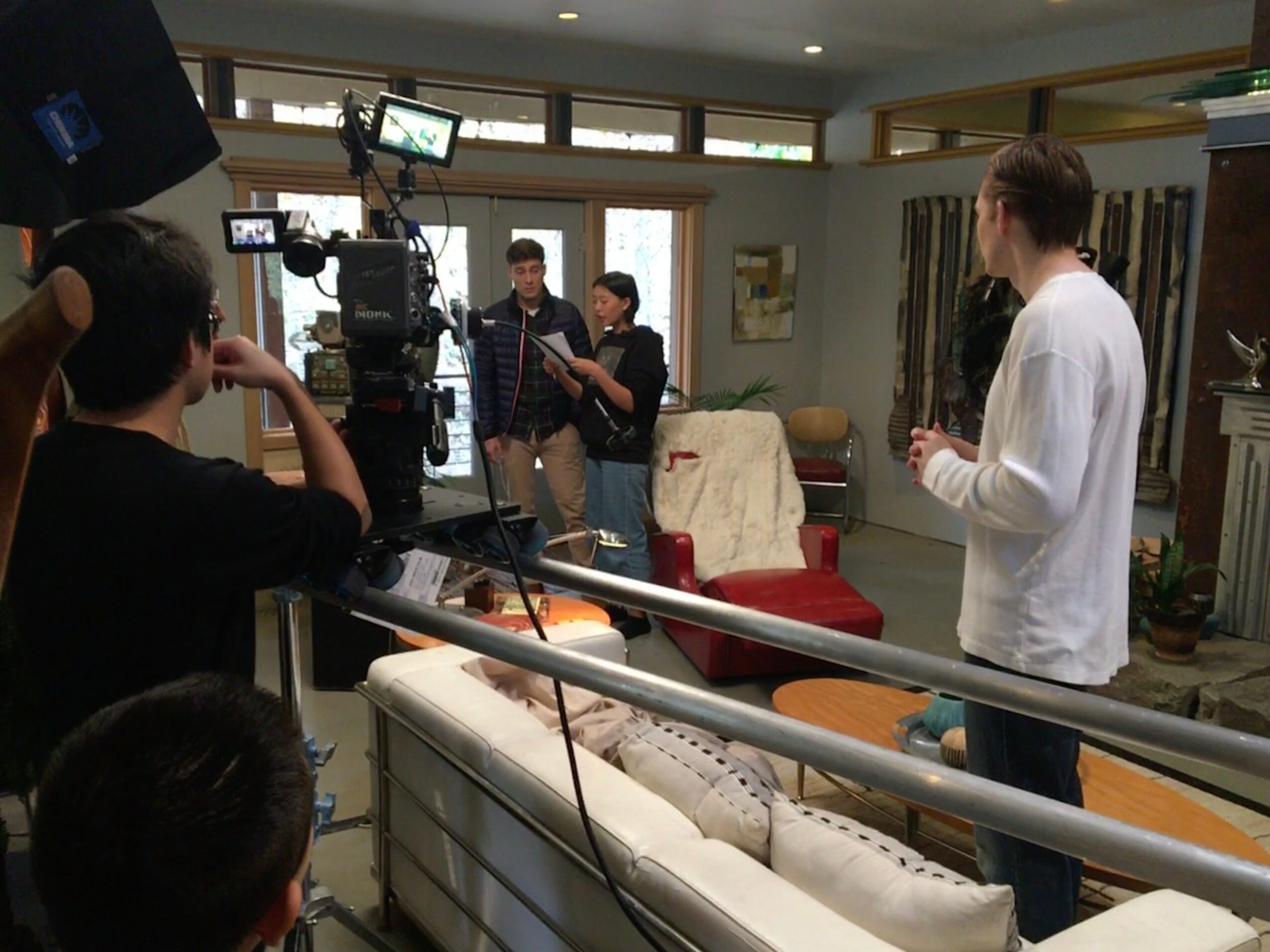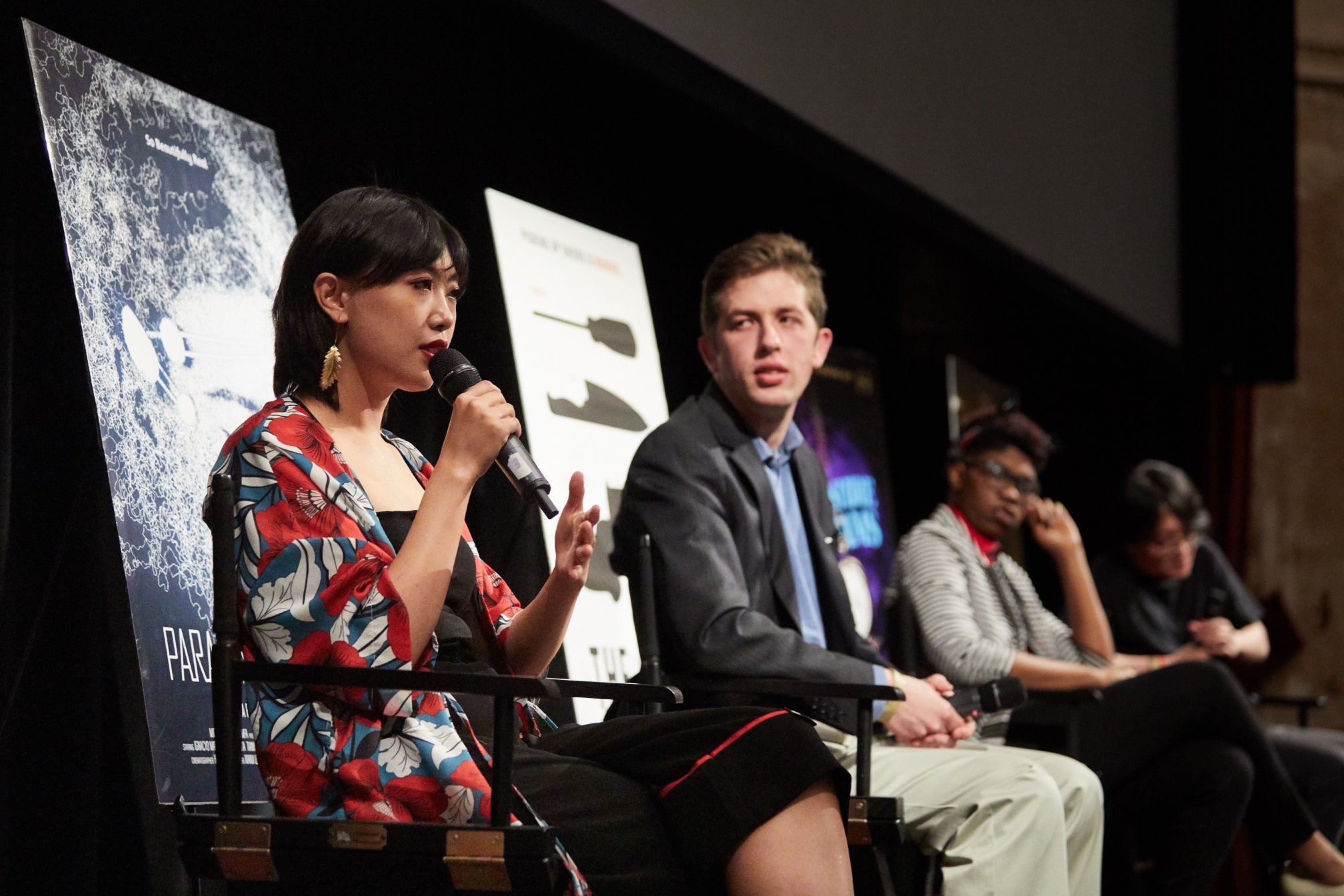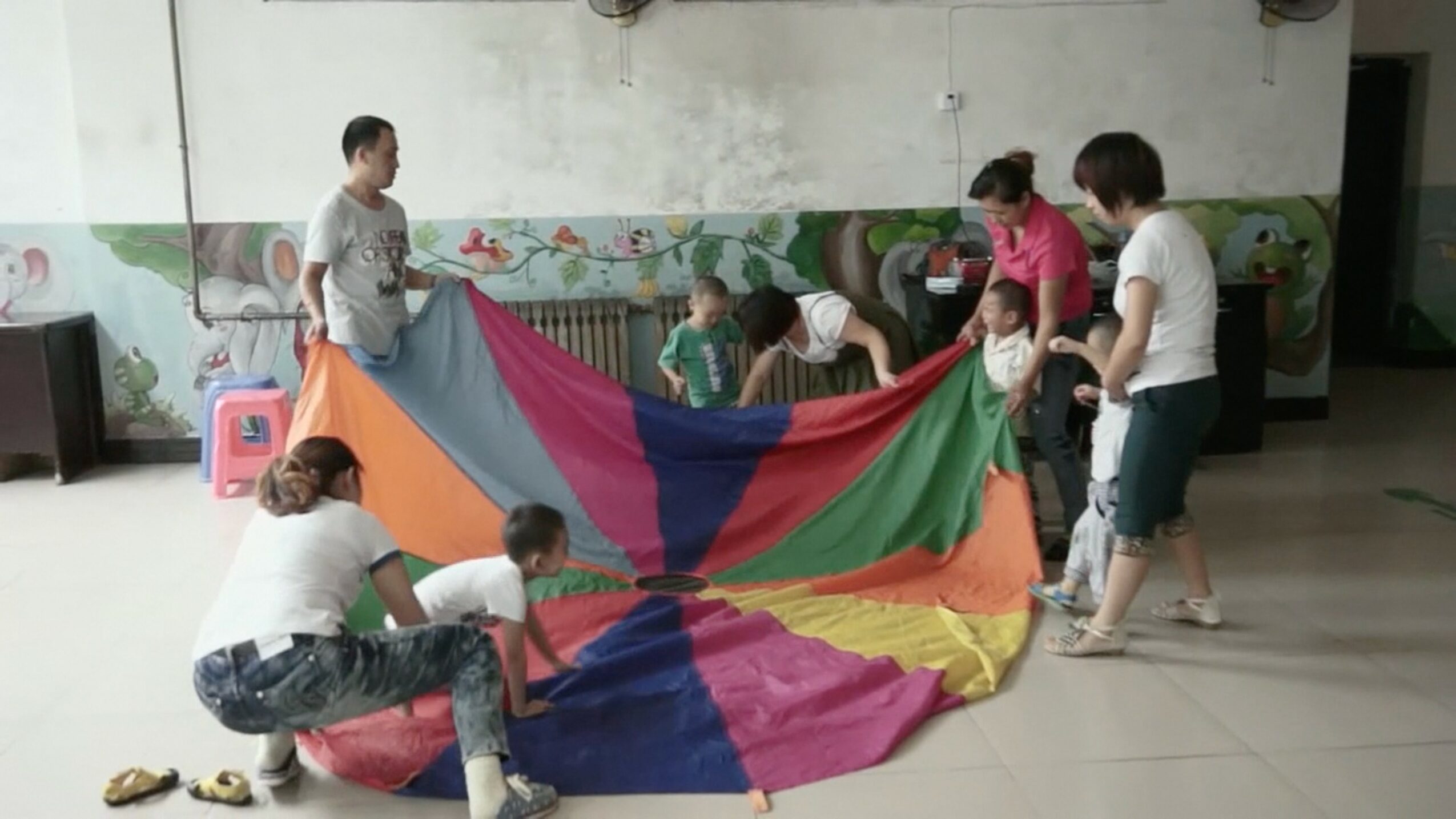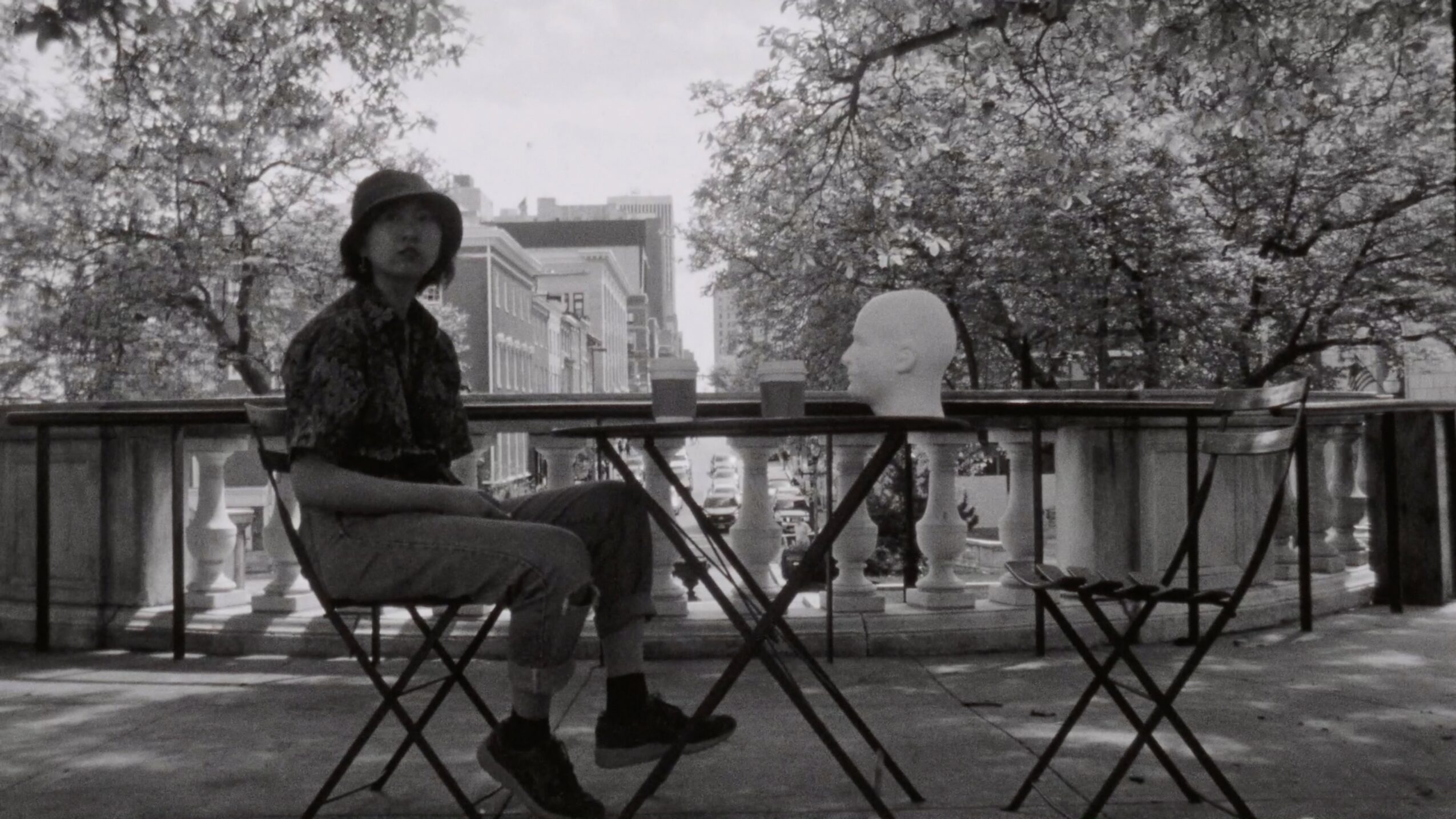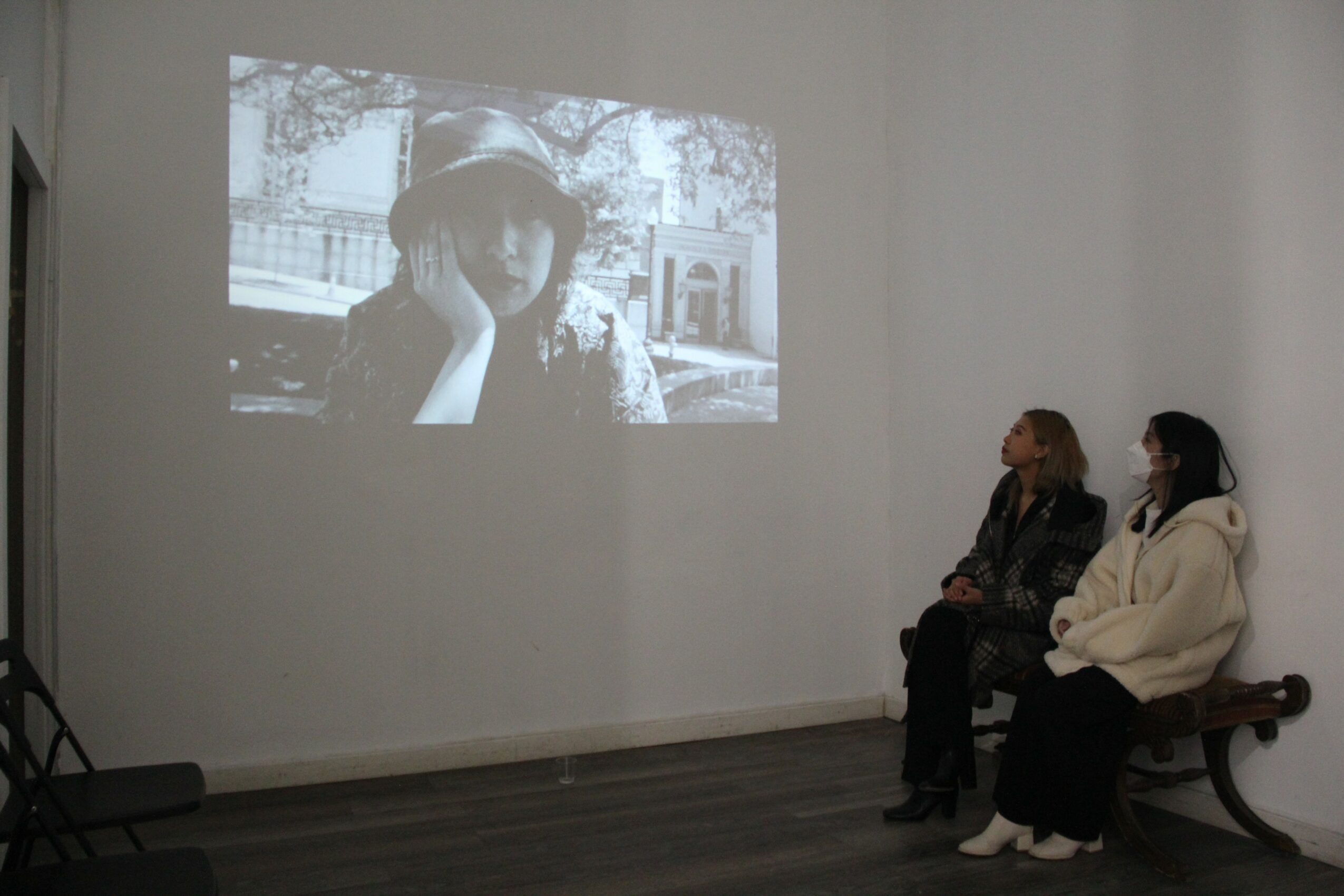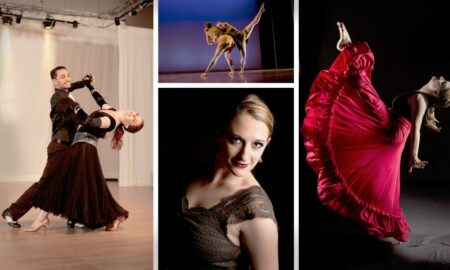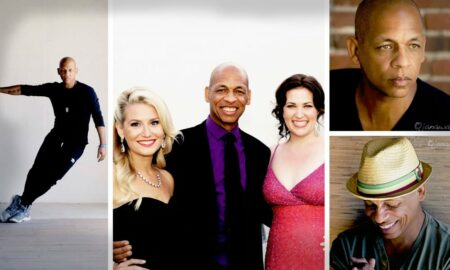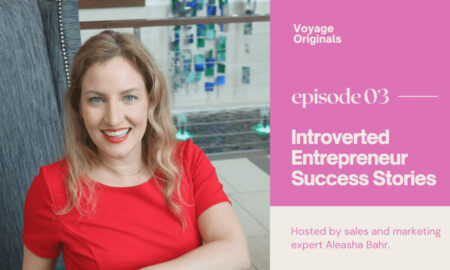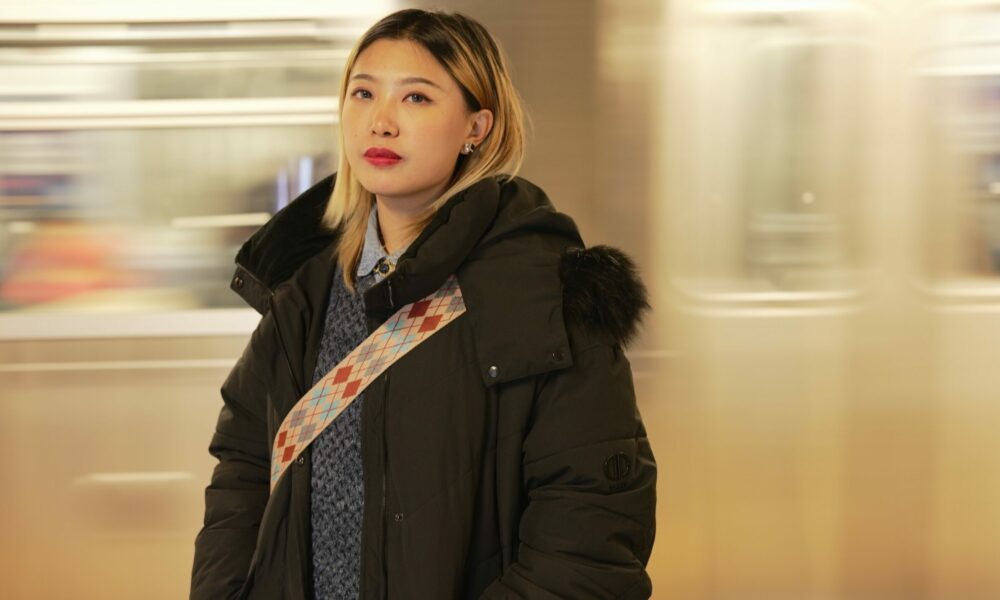

Today, we’d like to introduce you to Shanshan Zhang.
Hi Shanshan, so excited to have you on the platform. So before we get into questions about your work life, maybe you can bring our readers up to speed on your story and how you got to where you are today.
My art journey started in China. During my high school years, the films of renowned Hong Kong director Wong Kar-wai deeply impacted my career aspirations, leading me to choose filmmaking as my lifelong pursuit. To me, the film is a vibrant parallel universe where the manipulation of time is an art form. Within this realm, I utilize sound, lighting, set design, color, and camera angles to stretch or compress moments, crafting engaging narratives, immersive atmospheres, and evocative emotions that resonate with audiences.
Therefore, I opted for an undergraduate education at an art institute, where I immersed myself in traditional feature film scriptwriting, filming techniques, and post-production processes, exploring diverse genres. Following graduation, I embarked on a two-year assistant producer work in China. At the recommendation of director Jia Zhangke, I furthered my cinematic pursuits in the United States. During my graduate studies, I delved into systematic explorations of sci-fi and experimental film. Subsequently relocating to New York, I found inspiration in contemporary art, which influenced me to combine visuals with diverse materials and spaces, expanding my artistic vision into installation and sculpture.
During this period, I completed the filming and producing of the sci-fi short film Paradise Program. Received ten nominations and multiple awards at global film festivals, including accolades for Best Sci-Fi Short Film, Female Director Honorable Mention, Best Lead Actor, and Best Art Direction at the South Film and Arts Academy Festival and also won the Best Short Film and Best LGBTQ Film at Platonic Film Competition. Paradise Program was screened on the East Coast and West Coast of the United States and Roma and exhibited in Amsterdam, Paris, and Brussels last summer. This short underscored the significant role of sci-fi within my traditional narrative film landscape.
Another deeply influential film I produced is the experimental short film The Foam. which received recognition from both film festivals and galleries. This short was Honorable Mention at the 15th SHORT to the Point in Romania. It was officially selected for the 8th Silicon Beach Film Festival, the 10th Best Short Competition, and the 14th Pune Short Film Festival. After premiering in New York and China, The Foam was selected for a European tour exhibition and screened at the TCL Chinese Theatre in California last autumn. The Onion City Experimental Film Festival organizer invited me to serve on the screening committee last year and this year after watching this film. Through my practice and watching peers’ works, I have been inspired to delve deeper into the exploration of experimental filmmaking, sparking new ideas and perspectives.
Furthermore, I’ve volunteered and dedicated to using my films to support autistic children. I made a documentary, Snail, and a short narrative film, Fish in the Tank in China, both focusing on the challenges faced by autistic children’s families and society’s current situation towards this group. Which received recognition and acclaim from both community and professional filmmakers. After coming to the United States, I continued this endeavor. In 2022, I collaborated with director John Qu to produce a short documentary about an autistic pianist titled Music Calling. This documentary was screened in Los Angeles, CA., and United States Congresswoman Judy Chu gave me congressional recognition for my outstanding achievement and unwavering dedication to supporting autistic children.
These acknowledgments and experiences have shaped my journey as a filmmaker and artist, and I remain steadfast in my commitment to both crafts.
I’m sure it wasn’t obstacle-free, but would you say the journey has been fairly smooth so far?
I believe that any artistic exploration is never a smooth path; it is filled with various changes and challenges that are both exciting and thrilling. Since 2019, the world has been accelerating in unpredictable ways, with events such as the pandemic, wars, the possibility of humanity multiplanetary, the development of brain-computer interfaces, and the impact of OpenAI on traditional visual art, etc. The daily news in every corner of the world reflects on everyone’s mind differently, presenting an undeniable zeitgeist for each individual. As an artist, I believe it’s crucial to be more sensitive and forward-thinking in response to these changes.
This is deeply reflected in the transformation of the forms of my artworks. I started with traditional feature realism narrative filmmaking. As my experiences increased, I believed artwork should always adopt a forward-looking perspective, envisioning the future, not just isolated self-expression. This led me to shift my focus towards science fiction filmmaking. With the changes in people’s lifestyles due to the pandemic, I further felt the connection and interdependence between humans and physical space.
This grounded my work even more, gradually shifting from traditional filmmaking towards experimental film in content and adopting a more diverse range of forms. I am now driven further to explore physical materials and multimedia in my artistic endeavors.
Thanks – so, what else should our readers know about your work and what you’re currently focused on?
The short film Paradise Program laid the foundation for my central theme. It tells the story of Cyan having a lovely date with his fiancé, Indigo, in the woods, but it’s all in the digital consciousness. The Paradise Program has built a virtual world based on Indigo’s memory where the two can visit each other. In reality, Indigo is in a coma and has only ten minutes left to live before the doctors must shut down his brain activity. If Cyan is in the program when this occurs, he will be trapped in the virtual world forever. Indigo knows what will happen and breaks the rules by planning their wedding in the simulation. Time is up.
Cyan must make a choice. The inspiration for this short film comes from an experience during my graduate studies. The unexpected death of my beloved cat, Nico, had a significant impact on me. I didn’t have the opportunity to bid farewell to him in his final moments, which left me with deep regret. It led me to contemplate the eternal theme of life and death. I hope to find solutions in future technological developments. In recent years, with advancements and explorations in neuroscience, humanity has pursued various methods to combat physical and spiritual decay brought forth by mortality. These themes have become the primary focus. Outside of practice, I have also explored the connection and development between science fiction films and philosophy on a theoretical level in the form of academic papers.
In my experimental film The Foam, I explore another way to confront death: intimacy. I believe that intimacy is not only a way to fight against loneliness but also a way to fight against mortality. In this film, I aim to symbolically depict the repositioning of the individual when an intimate relationship fades away. The concepts emerging from such a transformation extend beyond individual dynamics to encompass the reconstruction of reality and illusion. There is another pair of protagonists in the film, nothingness and eternity, which are always around forever.
A turning point for my primary theme happened during the pandemic. As cities shut down, the bustling Times Square lost its lingering tourists, and the giant billboards remained glamorous but without an audience. There is a stark contrast between the smiling actors in advertisements and people’s emotions in reality, coupled with the silence on city streets due to the absence of people in the daytime. However, every day at 7 p.m., New Yorkers open their windows and make noise for two minutes to thank all the frontline workers.
Over two years, there has been a significant transformation in the relationship between individuals and between people and the city. In the post-pandemic era, I want to depict these changes in spatial relationships using multimedia, which has become my secondary theme. I will also present this in my next installation named It Is the Time You Have Wasted On Your Rose That Makes Your Rose So Important.
What matters most to you? Why?
For me, the most important aspect is the audience. I focus on the relationship between the audience, the work, and the creator and what my artwork can bring to the audience. Among my numerous screenings, the most memorable was the Paradise Program premiere at the Parkway Theatre in Baltimore on April 10, 2019. After the Q&A session, my producer and I were standing outside the theatre when an elderly African American man with a quad cane slowly approached us, tears in his eyes.
To this day, I still remember him telling us how the film brought him hope and deeply moved him.”I appreciate you finishing this film, and I believe all the techniques in the film will come true someday. Then I can finally sit on the wicker chair in the front yard and chat with my wife again like old days, telling her that I love her always and forever.” He said. It turned out that his wife had fallen into a coma due to illness. This experience made me realize I can narrow the distance between myself as a creator and the audience through my work, fostering profound connections between people.
From traditional cinematic experiences to the emergence of interactive films, VR films, and dome screenings in recent years, the film industry continues experimenting with changing the distance between the film, the creator, and the audience, allowing the audience to participate more in the realm of imagery. This principle also guides my practice. After moving to New York City, inspired by Sarah Sze’s installation “Timelapse” exhibited at the Guggenheim Museum, I realized that films don’t have to be confined to the screens in cinemas, with the audience sitting back and watching. Instead, the audience can physically enter the work, choosing different viewing angles and durations to experience it.
This inspired me to create a space where the audience can spiritually and physically immerse themselves in the moving image, combining imagery with sculpture and ready-made materials in various forms. This further changes the distance between the work, the creator, and the audience, increasing the audience’s involvement in the story. This is the direction of my new practice.
Contact Info:
- Website: https://vimeo.com/user102614631
- Instagram: https://www.instagram.com/shanshan___zhang/
